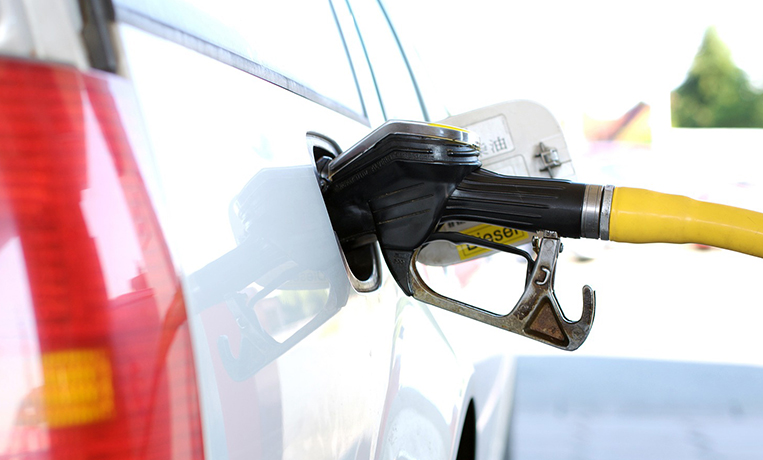
This morning, a colleague shared with me an interesting table that somebody had made to show fuel prices vis-à-vis average salaries in a handful of countries, including the Philippines. I couldn’t ascertain the accuracy of those figures, but it was an admittedly intriguing question: How do our gasoline prices and wages compare with those of other nations?
So I set out to make a more extensive table that features more countries, including our neighbors in Southeast Asia. I used two online references for this: Trading Economics and Global Petrol Prices, both regularly quoted by mainstream news organizations.
There are several glaring omissions here—particularly such oil-producing countries as Saudi Arabia and the United Arab Emirates—just because I couldn’t find figures for their average wages. But just in case you’re wondering, current petrol prices in those two oil-rich territories are P29.28 and P36.87 per liter, respectively.
Anyway, this is just an exercise in satisfying our curiosity, nothing more and nothing less. These numbers are just averages, and all of them were based on the currency rates at the time I was preparing the table. Now, oil prices and foreign exchange rates fluctuate—sometimes wildly—all the time. So it’s possible some figures in my table will no longer be representative of real-time values by the time you read this. Then again, as these digits are merely averages, the fluctuations shouldn’t be much of a concern.
A necessary note: Some countries (like the US, for instance) do not have an average monthly salary figure on Trading Economics. What they have instead are hourly or daily wages. So I just multiplied a daily salary rate, for example, by 22 days, subtracting the eight days (two in a week) a typical employee doesn’t report for work. Thankfully, most countries have an average monthly salary in their data.
Time to check out the table. Feel free to share your thoughts about these numbers.
Global wages and fuel prices

If you rank the countries according to their average salaries’ purchasing power relative to their fuel prices, here are the top seven (or those where the average working citizen’s salary can buy the most amount of fuel):
- United States – 4,761.81L
- Switzerland – 3,786.39L
- Australia – 3,068.40L
- Japan – 2,851.35L
- Germany – 2,565.05L
- Singapore – 2,245L
- South Korea – 2,087.80L
Conversely, here are the bottom seven (or those where the average citizen’s salary can buy the least amount of fuel):
- Philippines – 175.82L
- Vietnam – 228.53L
- Turkey – 316.87L
- Indonesia – 345.86L
- Thailand – 355.02L
- Mexico – 443.83L
- Brazil – 470.04L
Wouldn’t it be nice to make your money in Switzerland and buy your fuel in Malaysia? (Oh, and yeah, we did notice which country placed dead last, but let’s pretend it didn’t sink in.)











Comments